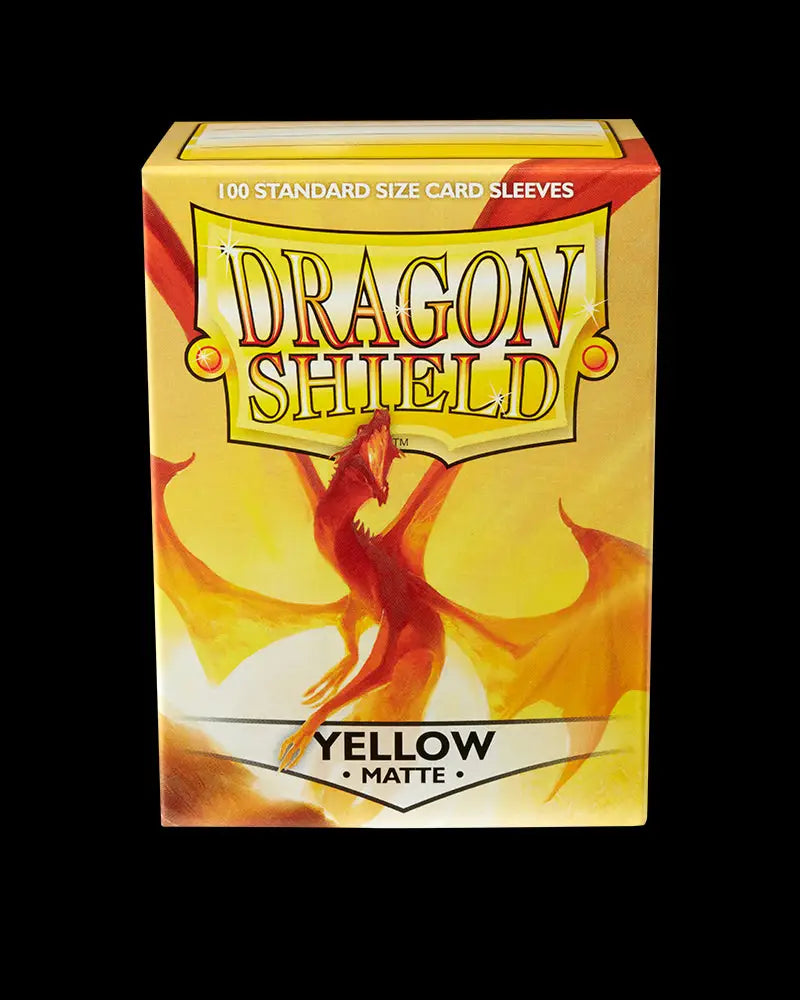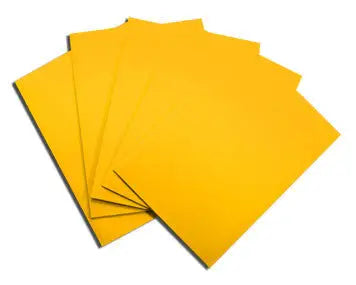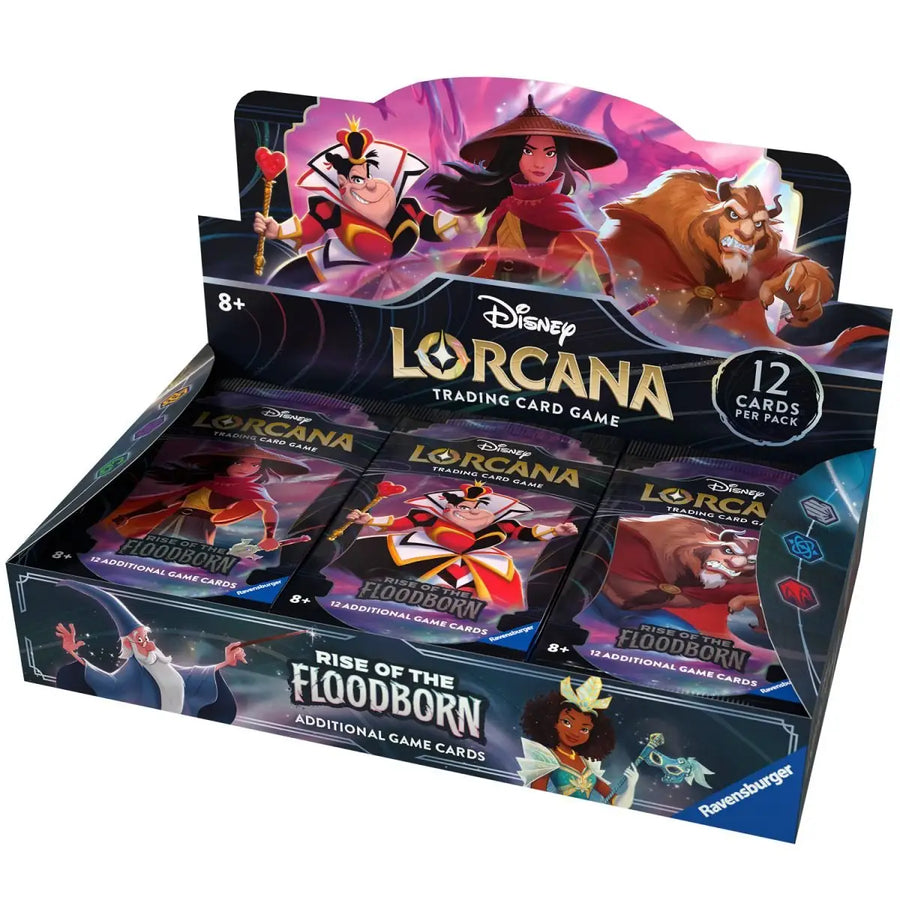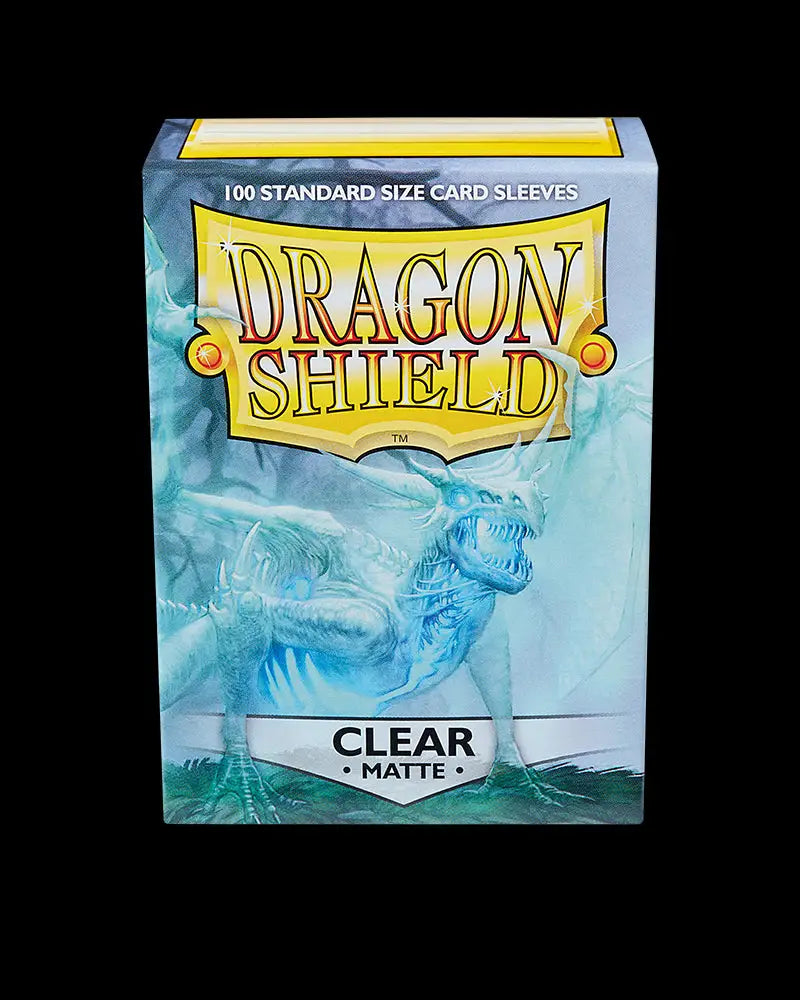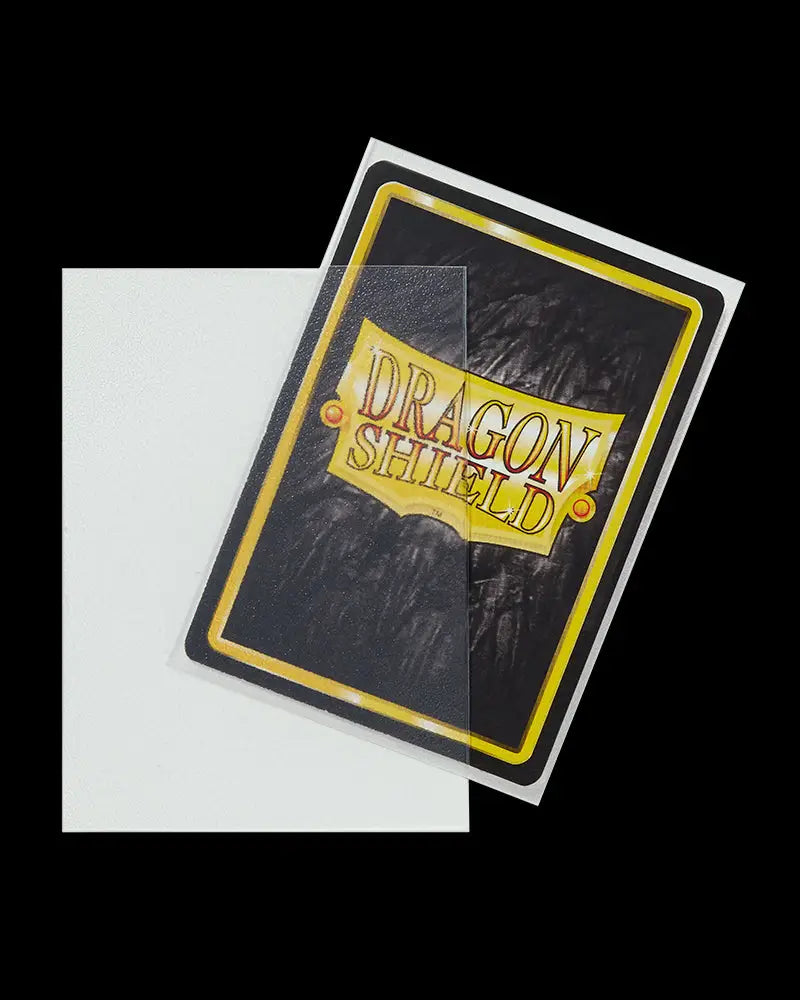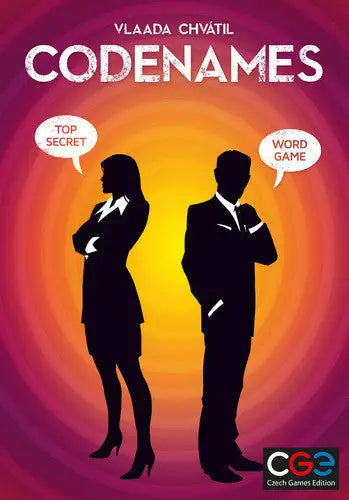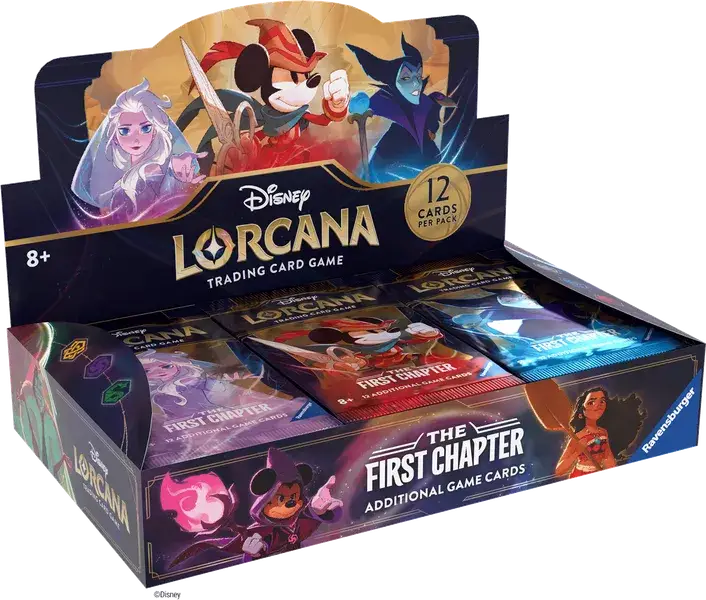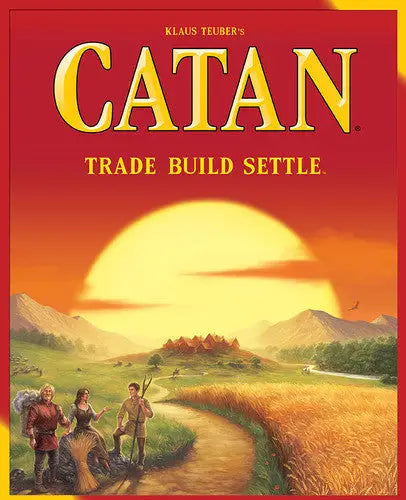
Catan (EN)
Catan (EN)
1 review
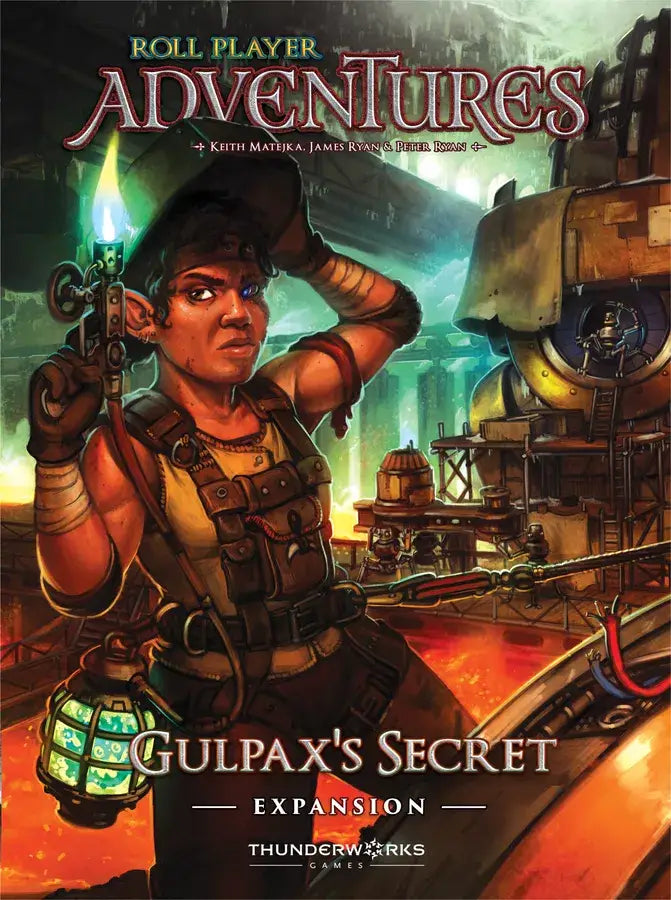

CIn Catan (formerly The Settlers of Catan), players try to be the dominant force on the island of Catan by building settlements, cities, and roads. On each turn dice are rolled to determine what resources the island produces. Players collect these resources (cards)—wood, grain, brick, sheep, or stone—to build up their civilizations to get to 10 victory points and win the game.
Setup includes randomly placing large hexagonal tiles (each showing a resource or the desert) in a honeycomb shape and surrounding them with water tiles, some of which contain ports of exchange. Number disks, which will correspond to die rolls (two 6-sided dice are used), are placed on each resource tile. Each player is given two settlements (think: houses) and roads (sticks) which are, in turn, placed on intersections and borders of the resource tiles. Players collect a hand of resource cards based on which hex tiles their last-placed house is adjacent to. A robber pawn is placed on the desert tile.
A turn consists of possibly playing a development card, rolling the dice, everyone (perhaps) collecting resource cards based on the roll and position of houses (or upgraded cities—think: hotels) unless a 7 is rolled, turning in resource cards (if possible and desired) for improvements, trading cards at a port, and trading resource cards with other players. If a 7 is rolled, the active player moves the robber to a new hex tile and steals resource cards from other players who have built structures adjacent to that tile.
Points are accumulated by building settlements and cities, having the longest road and the largest army (from some of the development cards), and gathering certain development cards that simply award victory points. When a player has gathered 10 points (some of which may be held in secret), he announces his total and claims the win.
Catan has won multiple awards and is one of the most popular games in recent history due to its amazing ability to appeal to experienced gamers as well as those new to the hobby

Yes, there are several expansions, including "Seafarers", "Cities & Knights", "Traders & Barbarians", and "Explorers & Pirates". Each expansion adds new game mechanics and elements to make Catan more varied.
The base game is designed for 3 to 4 players. With expansions like the "5-6 Player Extension," the game can be played with up to 6 players.
An average game lasts about 60 to 120 minutes, depending on the number of players and their experience level. Building up the game should take around 10-15 minutes following the rule book.
Good strategies include balanced placement of initial settlements, effective trading with other players, prioritizing resources important for building cities and roads, and controlling key trade routes. If you are looking for a default place to start, the rule book contains the official starting guidelines for Catan.
Yes, there are several digital versions, including apps for smartphones and tablets, PC versions, and online platforms where the game can be played.
The game is recommended for players aged 10 and up. It can involve complex strategic thinking and trading mechanisms that might be challenging for younger children, but older kids and teenagers generally find it very enjoyable and educational.
Catan is one of the most successful board games in the world with over 32 million copies sold."
The goal is to be the first player to reach 10 victory points through building settlements, cities, and roads, and by obtaining special bonus cards.
Roll Dice: Roll both dice to determine which terrain hexes produce resources. Each hex with the rolled number produces resources for players with adjacent settlements or cities.
Resource Collection: Players collect resources (brick, lumber, wool, grain, ore) based on their settlements' and cities' adjacent hexes.
Trading: Players may trade resources with each other or with the bank at 4:1, or at 3:1, 2:1 if they have a settlement on a harbor.
Building and Buying: Players can build roads, settlements, cities, and buy development cards by spending the required resources:
Development Cards: Play development cards (knights, progress cards, victory points) according to their instructions.
Robber: If a player rolls a 7, the robber is activated. The player moves the robber to any hex, steals a resource card from a player with an adjacent settlement/city, and that hex doesn't produce resources until the robber is moved.
These rules provide a basic framework for playing Catan, making it an engaging and strategic game for players of various ages. The excitement of Catan comes from the dynamic resource management, strategic building, and trading with other players to achieve victory.
Timeless classic. This is a wooden version! 🫶



